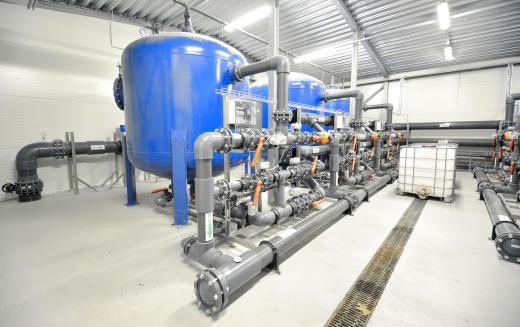There are a number of considerations when choosing the best pressure relief valve for an engineering, industrial, home, or science project: the size of the valve, the type of valve, what the valve is made for, and the materials that the valve is constructed from. A pressure relief valve is important in situations where pressure develops and can cause problems, such as explosions, due to the excess build-up, so this is not a decision to take lightly. It is important that you check with the local government in your jurisdiction to find out if there are specifications or codes that you need to follow when choosing a valve.
You need to choose a pressure relief valve that is the correct size for the project that you are working on. Many valves are made for specific uses, such as a home water heater or an industrial plant. Contacting companies that manufacture valves can help lead you to the correctly sized pressure relief valve for the work you are doing. Make sure that you ask for all of the valve specifications and instructions before purchasing it, so that you can be sure that it is right for your needs. The people who you talk with should be able to answer all of your questions about the pressure relief valve, otherwise you are better off purchasing one from a more knowledgeable company.

A pressure relief valve can work in different ways depending on the type of valve that it is. In order to choose the best pressure relief valve, you need to understand the main varieties: conventional and balanced bellows. A conventional valve is better and more reliable for most general projects that require a valve, while a balanced bellows valve can handle a higher amount of built-up back pressure. You should choose a valve based upon the requirements of your project and whether back-up pressure is expected to be a problem.
Some jurisdictions have requirements as to the type of valves that can be utilized for projects. In this case, it is important to contact your local government to find out any specifications before choosing a valve for a project. You might be referred to codes for projects where certain valves are required,which can help make your decision easier because you are automatically being pointed in a specific direction. At this point you can compare prices, and choose the best valve based upon your budgetary concerns.
